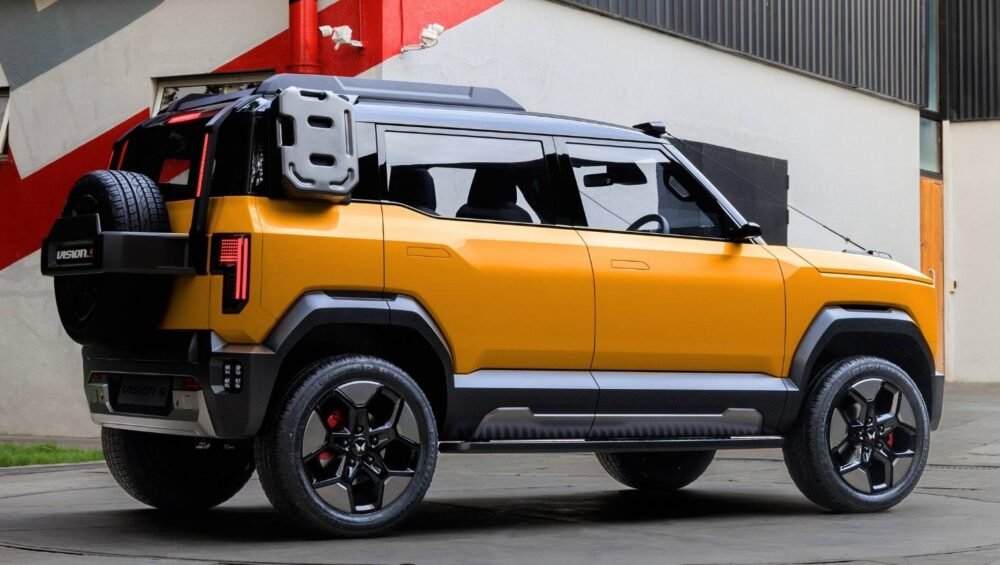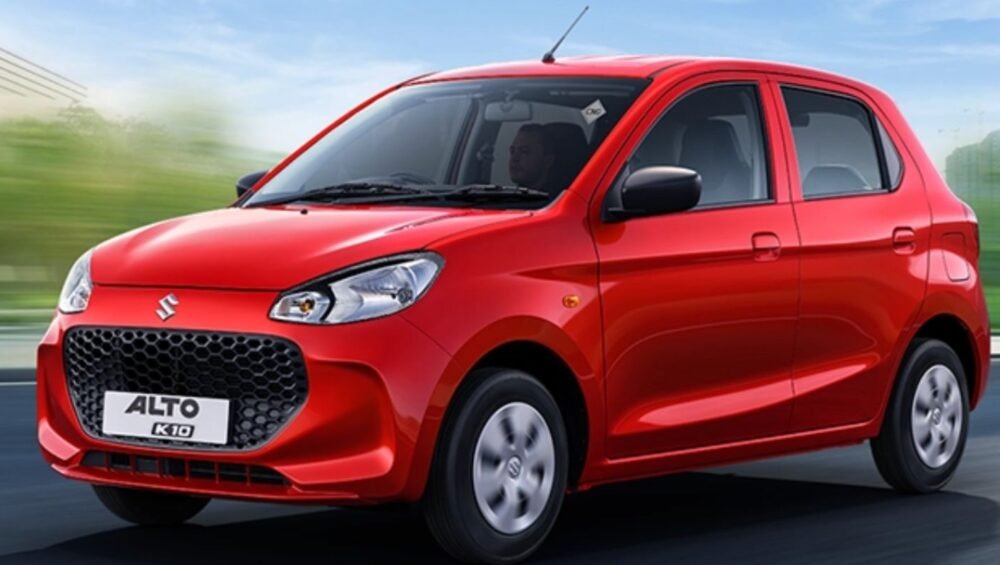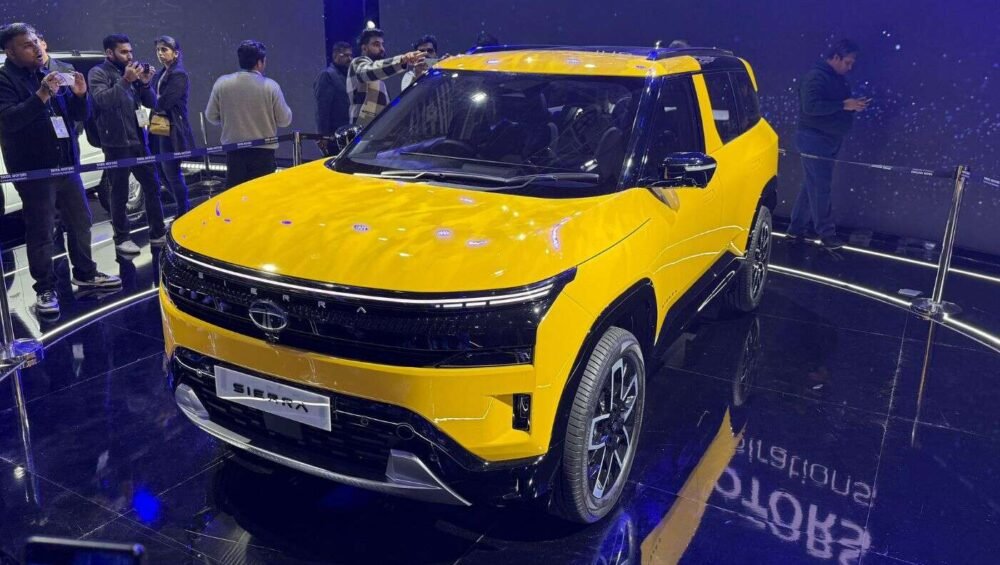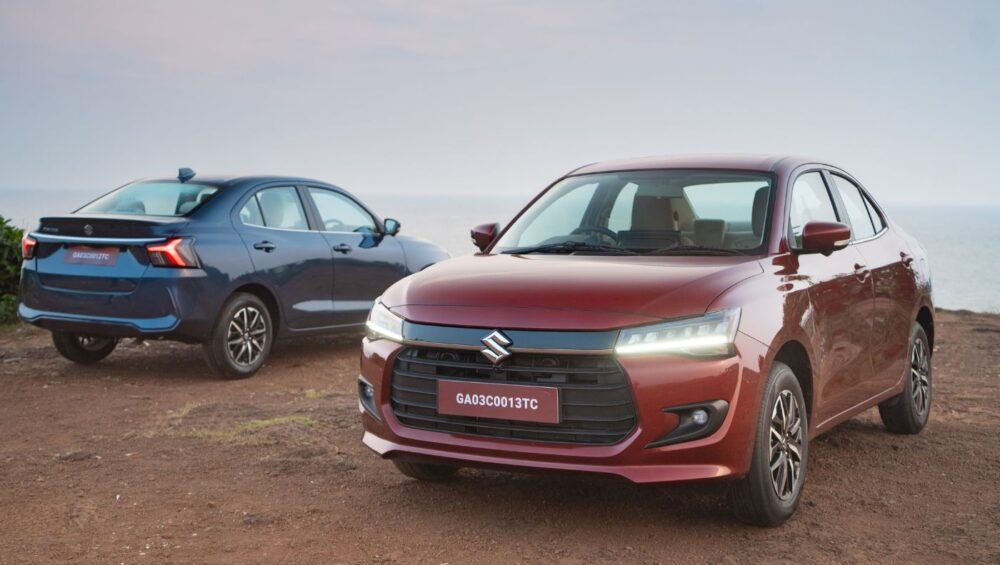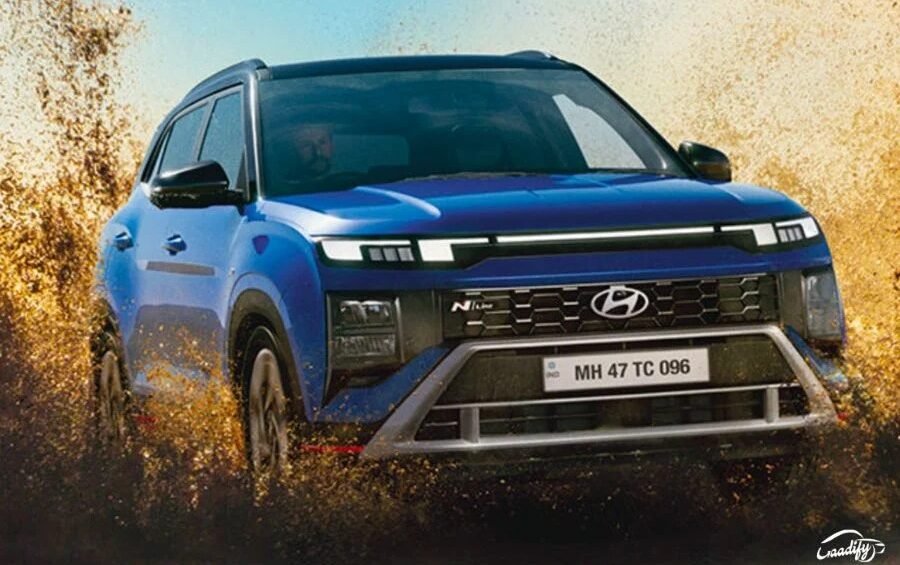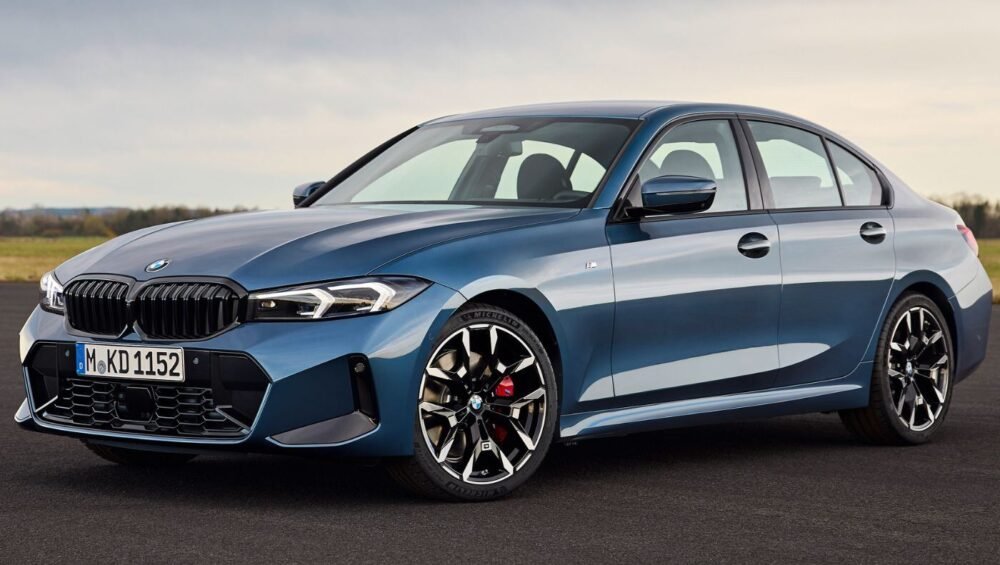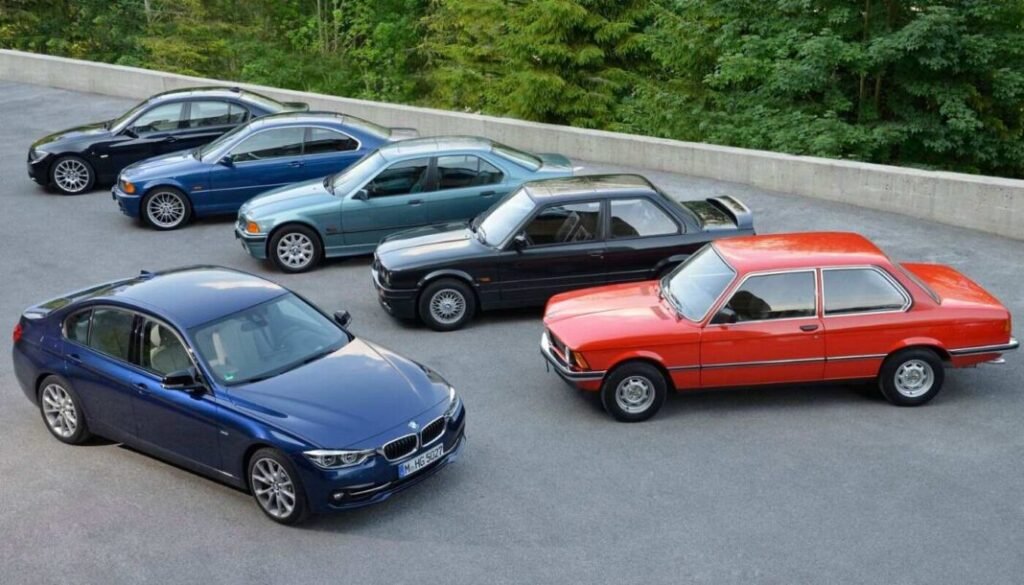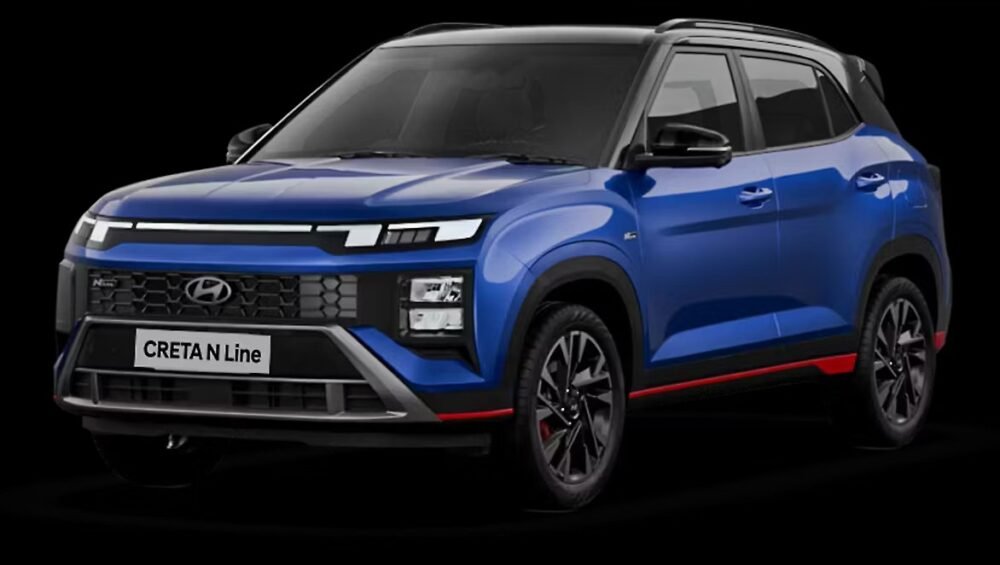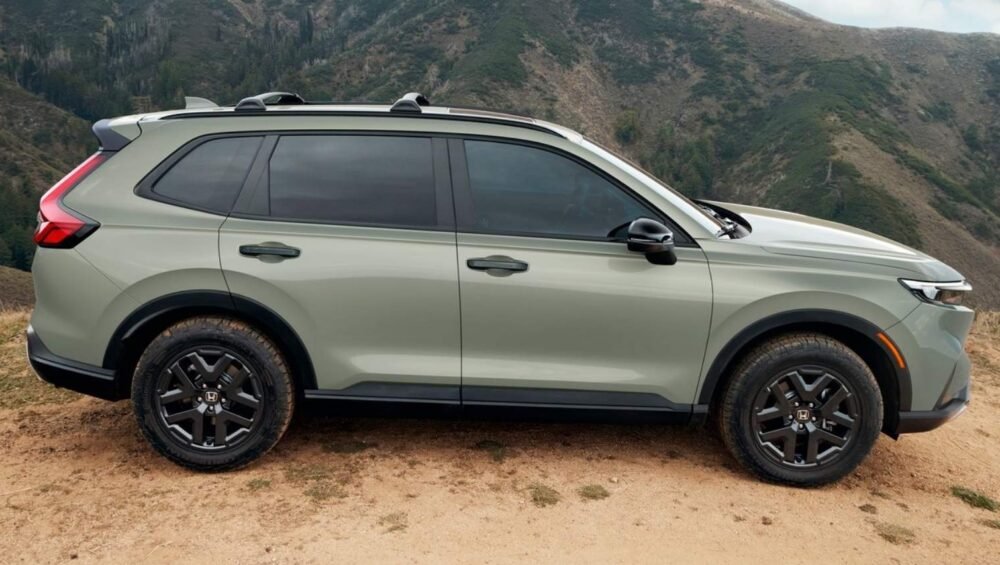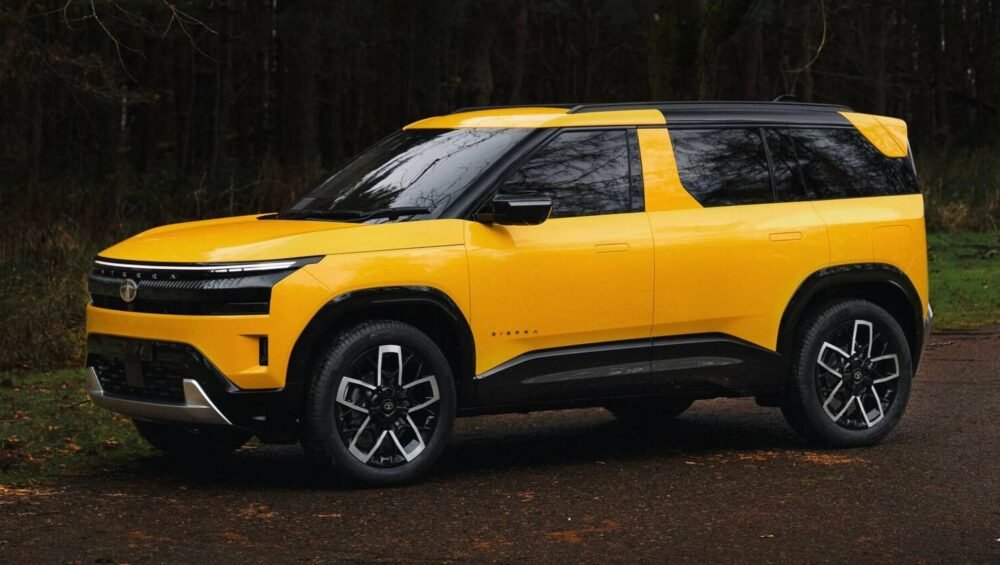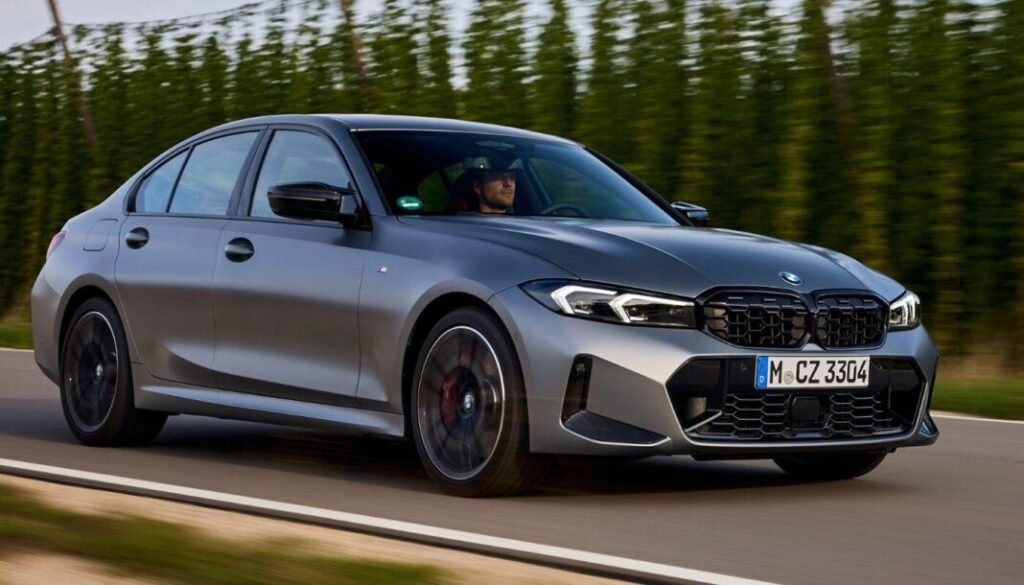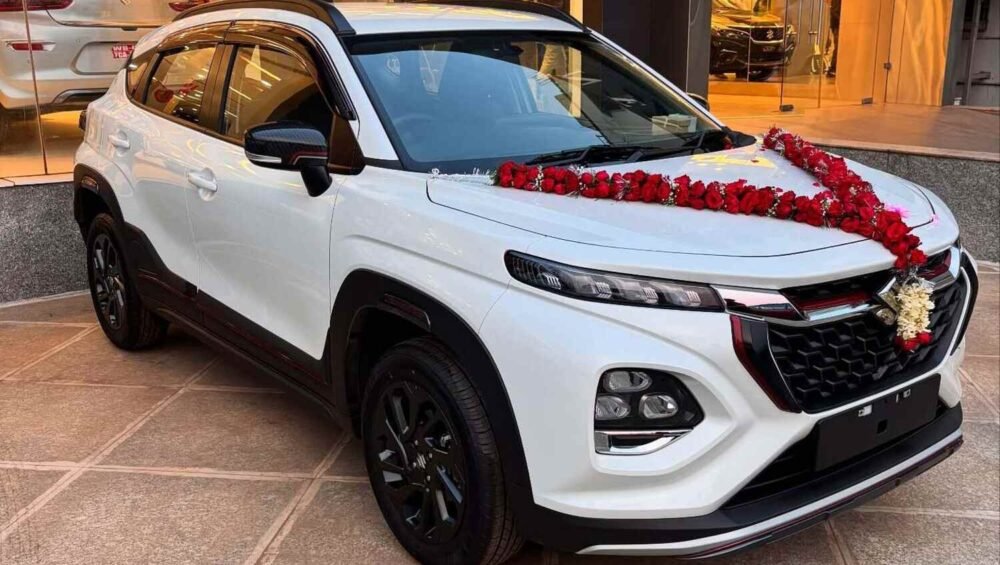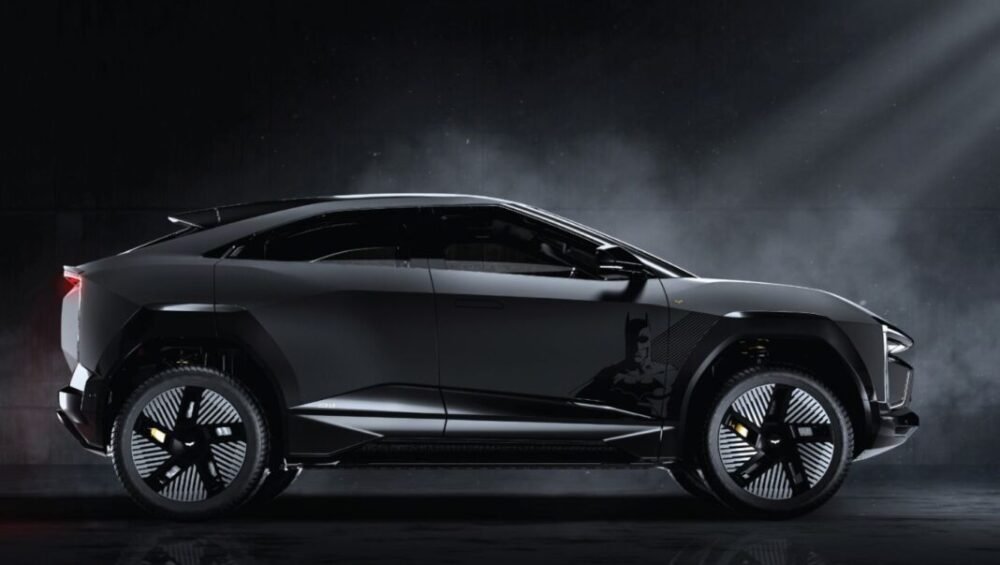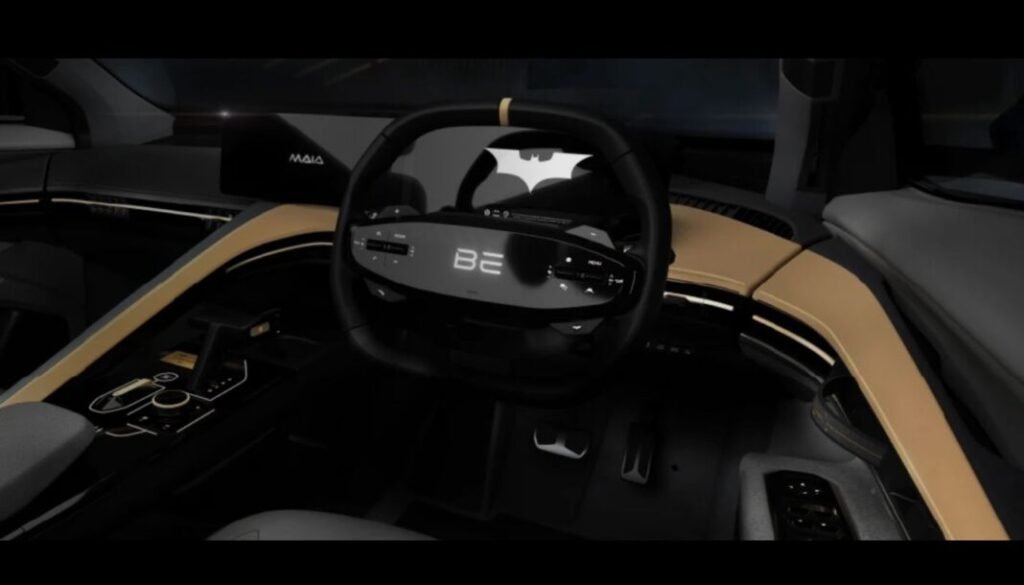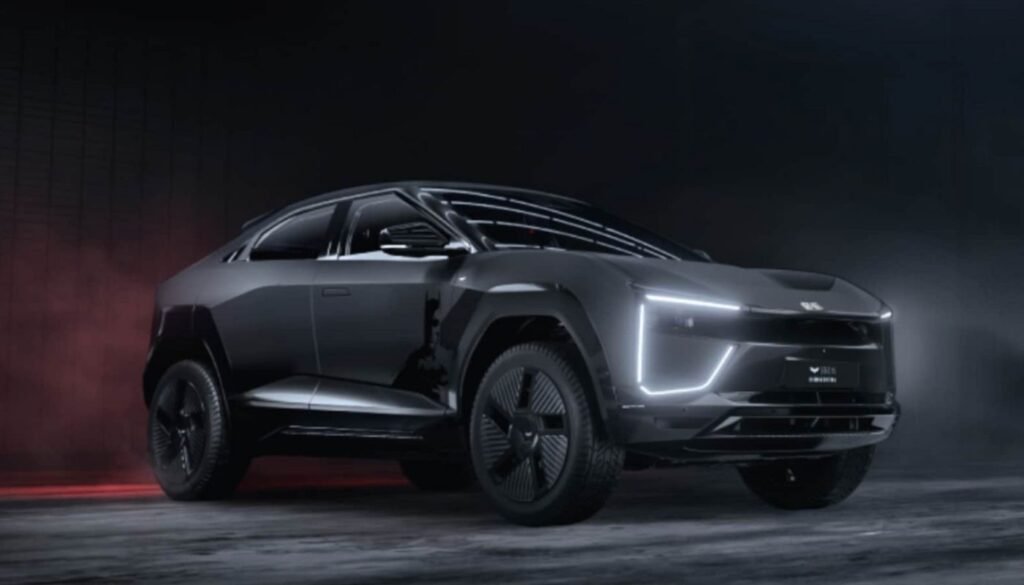Mahindra NU_IQ Platform: The Foundation for Multiple New SUVs from 2027
Mahindra & Mahindra is gearing up to reshape its SUV lineup with the introduction of the NU_IQ platform, a cutting-edge modular architecture that will underpin a new generation of SUVs starting in 2027. Developed with a strong focus on both the Indian and global markets, the NU_IQ platform promises exceptional adaptability, flexibility, and advanced features, positioning Mahindra for significant growth and innovation in the competitive SUV segment.
A Modular Architecture Designed for Versatility
The NU_IQ platform is built to support a diverse range of vehicle formats and powertrains. Whether internal combustion engines (ICE), hybrid, or fully electric drivetrains, the platform caters to all. It also accommodates various drivetrain layouts, including front-wheel drive (FWD), all-wheel drive (AWD), and supports both left- and right-hand-drive configurations, making it suitable for global deployment.
One of its standout technical features is the flat-form architecture, which will enable Mahindra to launch the first flat-floor ICE SUV in its segment. This design innovation translates into a more spacious and comfortable cabin, boasting class-leading boot capacity and a commanding seating position that enhances passenger comfort and practicality.
Lightweight Build and Enhanced Safety
Mahindra emphasizes that the NU_IQ platform will incorporate lightweight construction methods without compromising on safety. The architecture will meet top-tier safety standards, giving buyers confidence alongside improved fuel efficiency and driving dynamics.
Concept SUVs Previewing the Future
At its reveal event in Mumbai, Mahindra showcased four concept SUVs based on the NU_IQ platform:
- Vision.S: Envisioned as the next-generation Scorpio, this concept maintains Mahindra’s rugged yet refined character and prepares the flagship SUV for future challenges.
- Vision.T: A stand-in for a fully electrified, five-door Thar, this concept hints at the company’s commitment to electrifying its iconic off-roader.
- Vision.SXT: Showcasing a rugged aesthetics variant, possibly targeting niche utility use, with a small load area at the back, adding practical value.
- Vision.X: Expected to serve as the blueprint for a new compact crossover, likely to evolve into the next-generation XUV 3XO, appealing to urban buyers seeking style and efficiency.
These concepts embody Mahindra’s HEARTCORE design philosophy, blending advanced aesthetics with robust performance, development pioneered through collaboration between its India Design Studio and Mahindra Advanced Design Europe.
NU_UX: Next-Generation Digital Experience
Beyond the physical architecture, the NU_IQ platform integrates Mahindra’s new electronic and digital framework called NU_UX. This system promises to deliver seamless connectivity, intelligent vehicle features, and a futuristic in-cabin experience, emphasizing user comfort and technology. This upgrade will play a vital role in differentiating Mahindra’s SUVs in increasingly tech-savvy markets.
Production and Market Expansion
Mahindra plans to leverage the NU_IQ platform to expand its SUV lineup across various price points and markets, including emerging and developed regions. As the company develops facelifted versions of current models like the three-door Thar and XUV700, and tests the next-generation Bolero, the NU_IQ platform will serve as the foundation for future launches.
Within the next 12 months, Mahindra is also expected to launch EV variants such as the XEV 7e (based on the XUV.e8 concept) and the electric XUV 3XO compact SUV, further signaling its push toward electrification.
Conclusion
The introduction of the NU_IQ platform marks a defining moment for Mahindra & Mahindra’s SUV strategy, offering unprecedented flexibility, advanced features, and a strong focus on electrification and digital connectivity. From the rugged Vision.S Scorpio to the electrified Vision.T Thar and the stylish Vision.X crossover, Mahindra’s upcoming SUV portfolio is well poised to capture diverse customer segments starting 2027.
This modular platform approach not only allows for cost efficiencies but also ensures that Mahindra’s future SUVs remain competitive, safe, spacious, and tailored for the evolving needs of Indian and international customers alike.
